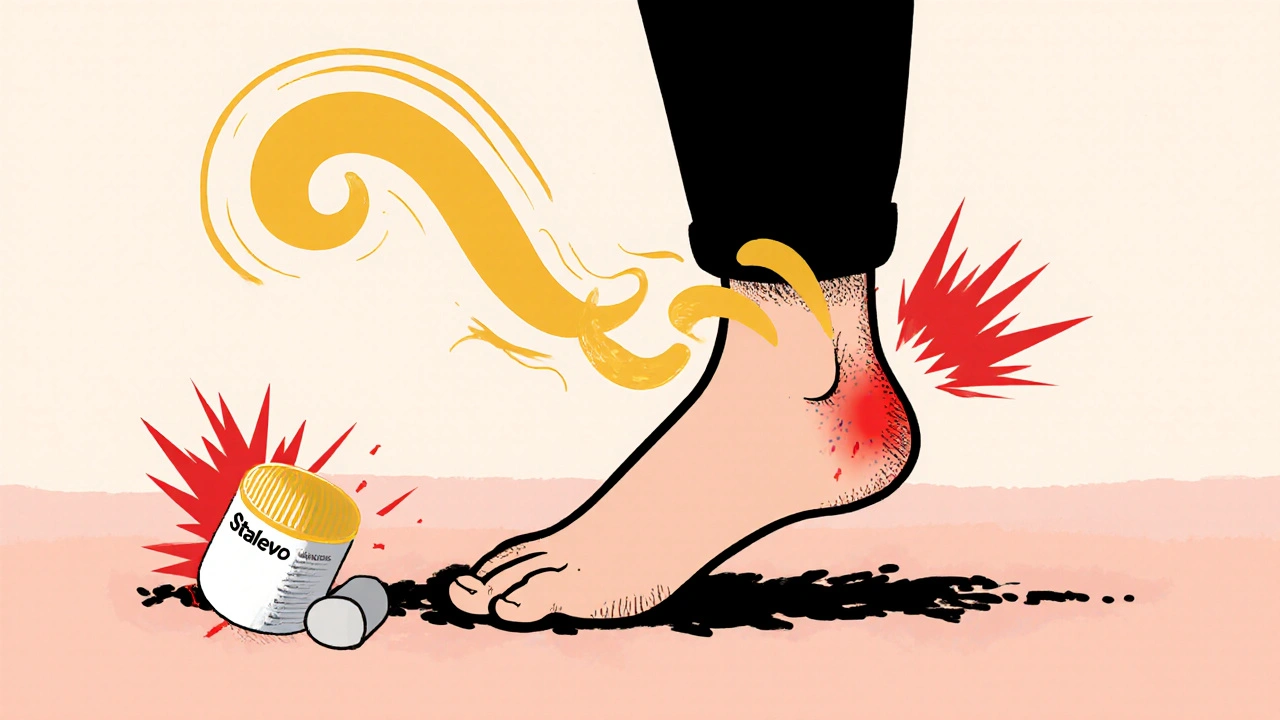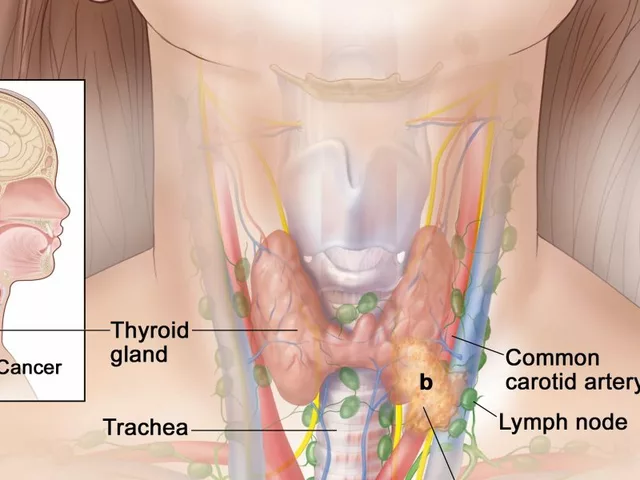Parkinson's Pain: Understanding the Hidden Discomfort and How to Manage It
When people think of Parkinson’s disease, they picture shaking hands or slow movements. But for many living with it, the most persistent problem isn’t the tremor—it’s the Parkinson's pain, a complex, often misunderstood type of discomfort that doesn’t respond to typical painkillers. This isn’t just muscle soreness from stiffness—it’s nerve pain, cramping, burning, or deep aching that lingers even when you’re at rest. Studies show up to 85% of Parkinson’s patients experience some form of pain, yet it’s rarely discussed in doctor’s offices. Why? Because it doesn’t look like injury or arthritis. It doesn’t show up on X-rays. It’s invisible—and that makes it easy to ignore.
Neuropathic pain, a type of nerve-related discomfort common in Parkinson’s, often feels like electric shocks, pins and needles, or a constant burning in the limbs. Then there’s muscle stiffness, a core symptom that tightens muscles and pulls joints out of alignment, leading to cramps in the back, shoulders, or calves. These aren’t separate issues—they feed each other. Stiffness traps nerves. Nerve pain makes muscles tense. And both get worse when medication levels drop between doses. This is why some people feel fine after their pill but start aching an hour later. It’s not in their head—it’s the rhythm of their treatment failing to keep up with their body’s needs.
Many assume pain in Parkinson’s means the disease is getting worse. But that’s not always true. Sometimes, it’s just the wrong drug mix, not enough movement, or poor sleep. Others find relief with physical therapy, heat packs, or even gentle yoga—not because they’re "trying alternative stuff," but because these tools help reset how nerves and muscles communicate. And yes, some medications used for depression or seizures can actually ease this kind of pain better than ibuprofen ever could.
What you’ll find in the posts below isn’t a list of miracle cures. It’s real, practical advice from people who’ve lived with this pain—and doctors who’ve treated it. You’ll see how acetaminophen helps some but not others, why certain supplements might backfire, and how exercise isn’t just for mobility—it’s a pain reliever with no side effects. There’s no one-size-fits-all fix, but there are proven paths. And they start with understanding that Parkinson’s pain isn’t a side effect. It’s a symptom. And it deserves its own plan.
Carbidopa-levodopa-entacapone can reduce Parkinson’s-related pain by extending levodopa’s effect, smoothing dopamine levels, and cutting off-period discomfort. Best for muscle cramps and stiffness tied to medication cycles.
View Details

